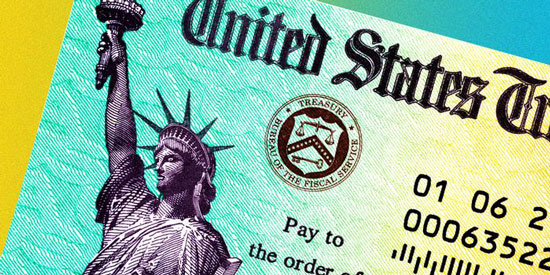A business can find out how much cash it makes after covering its operating expenses with the help of the free cash flow calculation. It shows how much money a business can make after subtracting its operating cash flow from the cost of purchasing assets like real estate, machinery, and other significant investments. Free cash flow (FCF) measures a business's capacity to generate cash that matters most to investors. It's a crucial sign of a business's financial stability and investor appeal. In this article, we will discuss free cash flow and the formula to calculate and interpret it.

What is Free Cash Flow (FCF)?
The cash that a business makes after subtracting cash withdrawals for operational costs and asset maintenance is known as free cash flow or FCF. In contrast to net income, free cash flow is an indicator of profitability that eliminates other costs from the income statement. The widely recognized concept of free cash flow does not include interest payments. Here are a few things you should keep in mind about FCF.
- Free cash flow, or FCF, is a business's available cash after paying its debts and giving investors interest and dividends.
- Free cash flow is a measure of a company's financial health that investors and management use.
- FCF reconciles net income by adjusting other costs, working capital movements, and capital expenditures.
- Free cash flow might highlight issues in the fundamentals before they appear on the income statement.
- Not every positive free cash flow indicates a robust stock trend.
How to Calculate Free Cash Flow?
Free cash flow can be calculated in several ways, but the results should be the same regardless of the method. Investors and analysts choose the method that best fits the data they can access because different companies do not provide the same financial information. The easiest method to determine a company's free cash flow is to exclude its capital expenses from its operational cash flow.
Free Cash Flow Formula
Formula for free cash flow. Similar formulae that yield the same data can be used to analyze a business even if capital expenditures and operating cash flow are not disclosed, such as:
Free cash flow= net income + non-cash expenses - increase in working capital capital expenditures

Limitations of Free Cash Flow
Poor free cash flow does not always indicate a failing firm. Even robust ones experience a decrease in free cash flow when they are actively seeking growth. Corporate movements such as purchases and investments in new product development temporarily reduce the bottom line.
New companies usually invest in growth and stabilization, while established businesses have a more stable free cash flow. Free cash flow is also significantly influenced by the industry in which the company operates; not all companies must invest in inventory, real estate, or equipment.
Moreover, accounting methods that determine net income are subject to business manipulation. Although managing cash flows is more complex, it is still possible to manipulate. For example, some businesses might delay paying their debts to save cash. As an alternative, businesses may speed up the process of collecting sales made on credit. Additionally, various companies have different rules on whether investments count as capital expenditures, which could impact how FCF is calculated.
What Does FCF indicate?
The amount of cash generated annually free of all external or internal obligations is known as free cash flow. It represents the amount of money the business can transfer to shareholders or invest safely.
Investors usually view an excellent free cash flow (FCF) ratio as a favorable indicator, but it's crucial to know the story behind the number. If a company exhibits strong free cash flow (FCF) due to deferring significant capital expenditures, it may be an early warning sign of potential future issues.
Why is Positive Free Cash Flow Important for Businesses?
A healthy firm is indicated by positive free cash flow. Businesses with good free cash flow have enough cash on hand each month to cover their expenses. A business that has stable or increasing free cash flow is generally doing well and may wish to consider growing.
A business with declining or continuously low free cash flow may need to restructure because there won't be much left over after paying the expenses. Investors frequently seek businesses that quickly increase their free cash flow since they typically have strong potential. A company that exhibits increasing cash flow and a low share price may be a potential target for purchase by investors.
Benefits of Free Cash Flow
- Since FCF considers working capital fluctuations, it can offer valuable information about a company's worth and the strength of its underlying trends.
- Reduced accounts payable (outflow) could indicate suppliers expect payments to be made more quickly.
- A rise in accounts receivable (inflow) may indicate the business is getting client payments faster.
- An accumulation of unsold goods in stock could be indicated by an increase in inventory (outflow).
- Information absent from the income statement is revealed when working capital is included in a profitability metric.
Conclusion
Examining a business's free cash flow (FCF) and particularly observing the free cash flow pattern over time can be helpful to both investors assessing a company's stock, including lenders thinking about giving a loan to the business. Shareholders can use FCF to assess a company's capacity to pay interest or dividends. It is a metric that bankers can use to assess a company's capacity for taking on new debt. Fortunately, this quantity doesn't need to be manually calculated. Most financial websites offer an FCF trend graph or summary for publicly traded companies.




